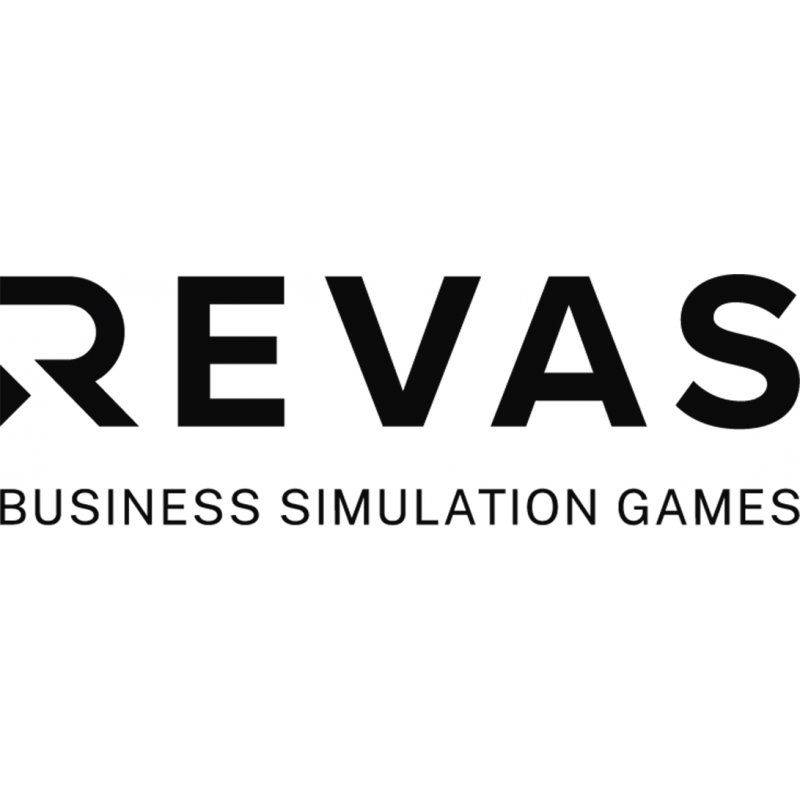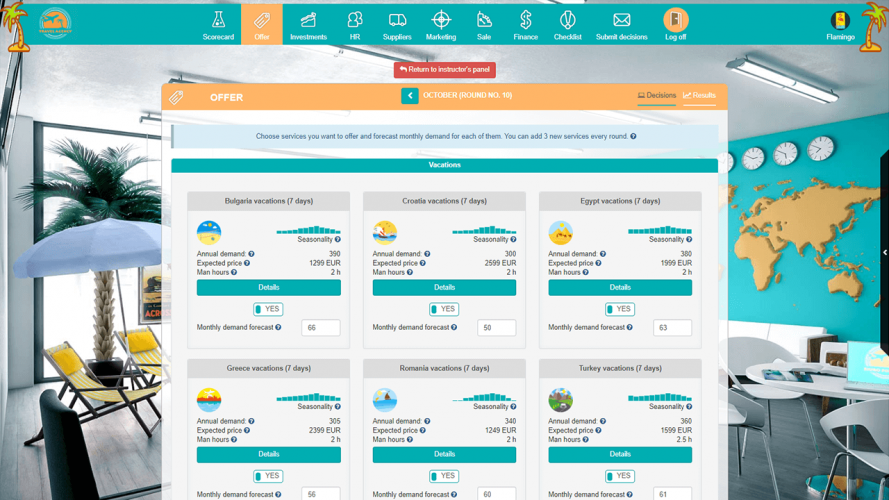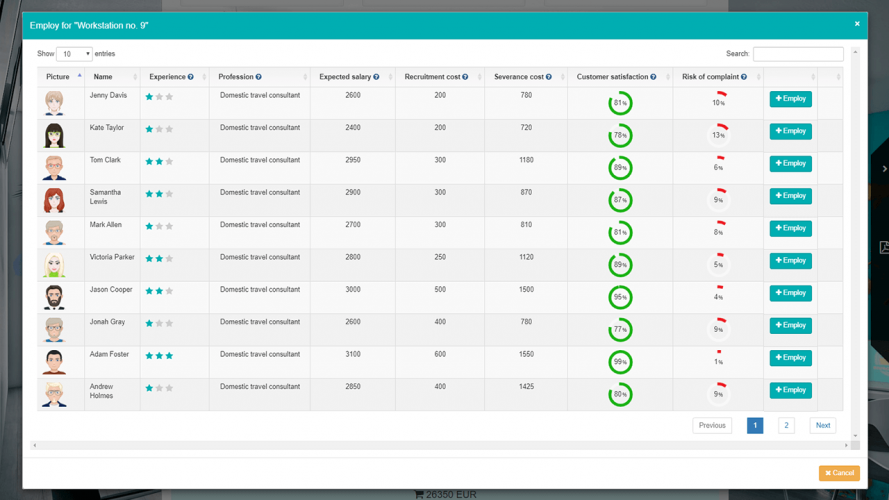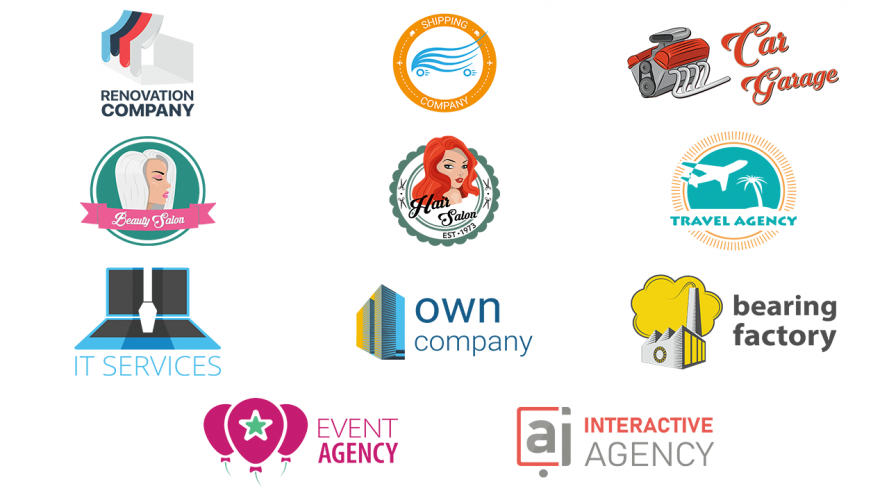
Revas Business Simulations
Revas Simulations helps (young) people experience and understand business. The game can be used in business education classes to run courses in a practical, engaging and fun way in more than 10 industries. Simulation participants, divided into teams, run virtual companies and make realistic business decisions similar to decisions made daily by real managers. Teams analyze market information to make strategic and operational business decisions. The teams can compare their results and improve their skills on each round.
The simulation is a flexible tool that can be used in various education levels. In higher education, it can be used in courses on business, economics, operational management, financial accounting or business for 'non-business students' courses. It is also fit for secondary schools - courses on management, accounting, entrepreneurship, economics, marketing, and key business competence workshops. In corporate training it can be included to business – managerial skills training or ’experience business’ workshops.
The pedagogical analysis covers how the product supports learning of the identified skills. The student’s role is assessed by four contrary pair parameters, which are selected to cover the most essential aspects on the use of the product.
The following are the high educational quality aspects in this product.
The supported learning goals are identified by matching the product with several relevant curricula descriptions on this subject area. The soft skills are definitions of learning goals most relevant for the 21st century. They are formed by taking a reference from different definitions of 21st century skills and Finnish curriculum.






User reviews for Revas Business Simulations
You need to log in to post a review.